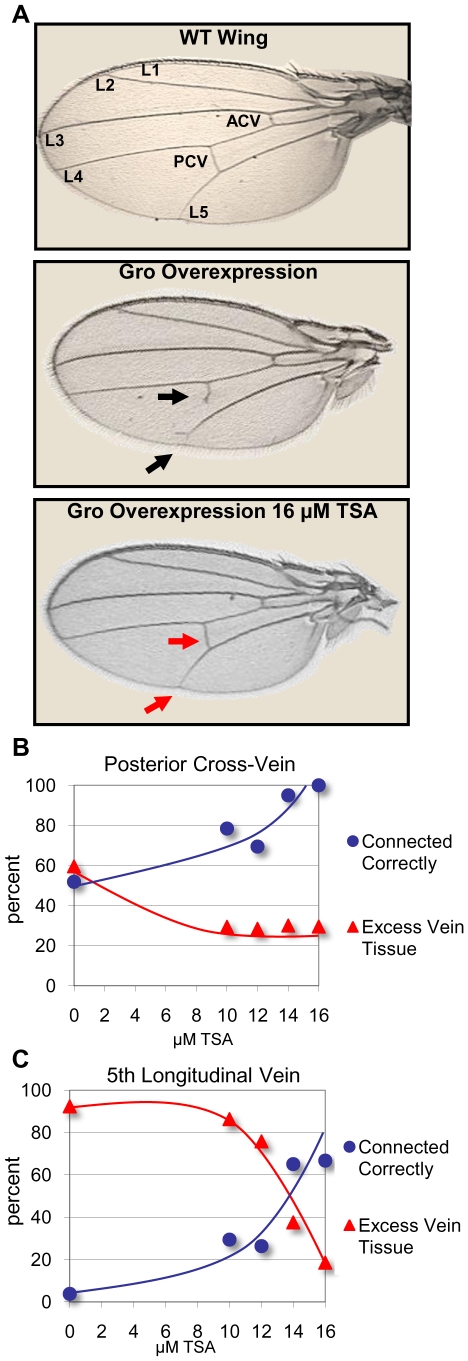Figure 3. Trichostatin A prevents wing vein patterning defects resulting from moderate overexpression of Gro in the wing blade.
(A) A wildtype Drosophila wing showing the five main longitudinal veins (L1-5), the anterior crossvein (ACV) and the posterior crossvein (PCV) (top panel). Overexpression of Gro by the 3rd instar wing disc driver C765-Gal4 at 25°C leads to adult wing vein patterning defects (middle panel). The PCV fails to connect the L4 to the L5, and the L5 fails to connect to the wing margin. Additionally, both veins show ectopic improperly directed growth (black arrows). Adult wings derived from larvae raised in food containing 16 µM TSA show significant rescue of the vein patterning defects resulting from Gro overexpression (bottom panel, red arrows). (B) Adult wings derived from larvae overexpressing Gro (driven by C765-Gal4) that are raised in increasing concentrations of TSA show a dose dependent increase in correctly connected PCV and a decrease in excess PCV tissue. (C) Adult wings from larvae overexpressing Gro (driven by C765-Gal4) that are raised in food containing increasing concentrations of TSA show a dose dependent increase in correctly connected L5 and a decrease in excess L5 tissue. The following numbers of wings were examined: DMSO alone (n = 52), 10 µM TSA (n = 51), 12 µM TSA (n = 95), 14 µM TSA (n = 40), 16 µM TSA (n = 27).

